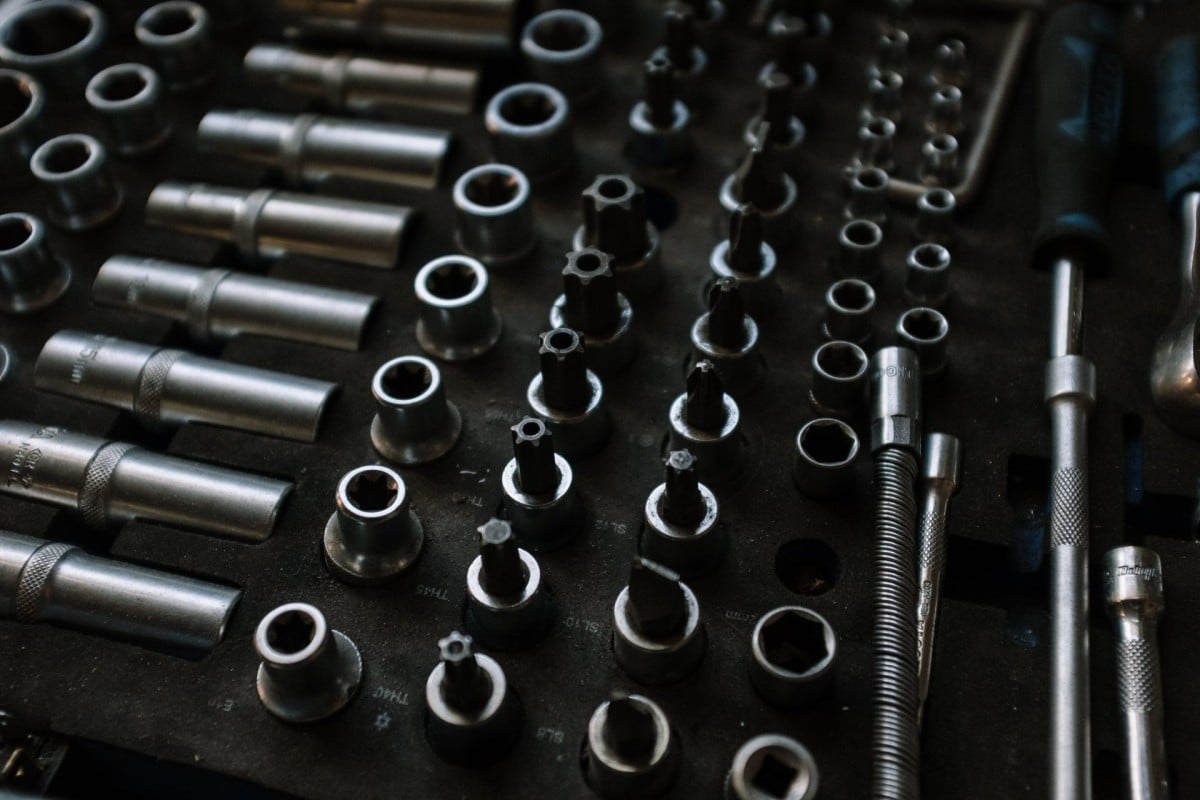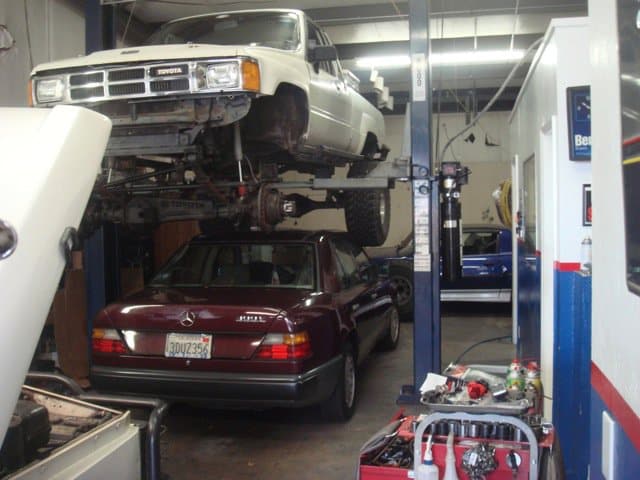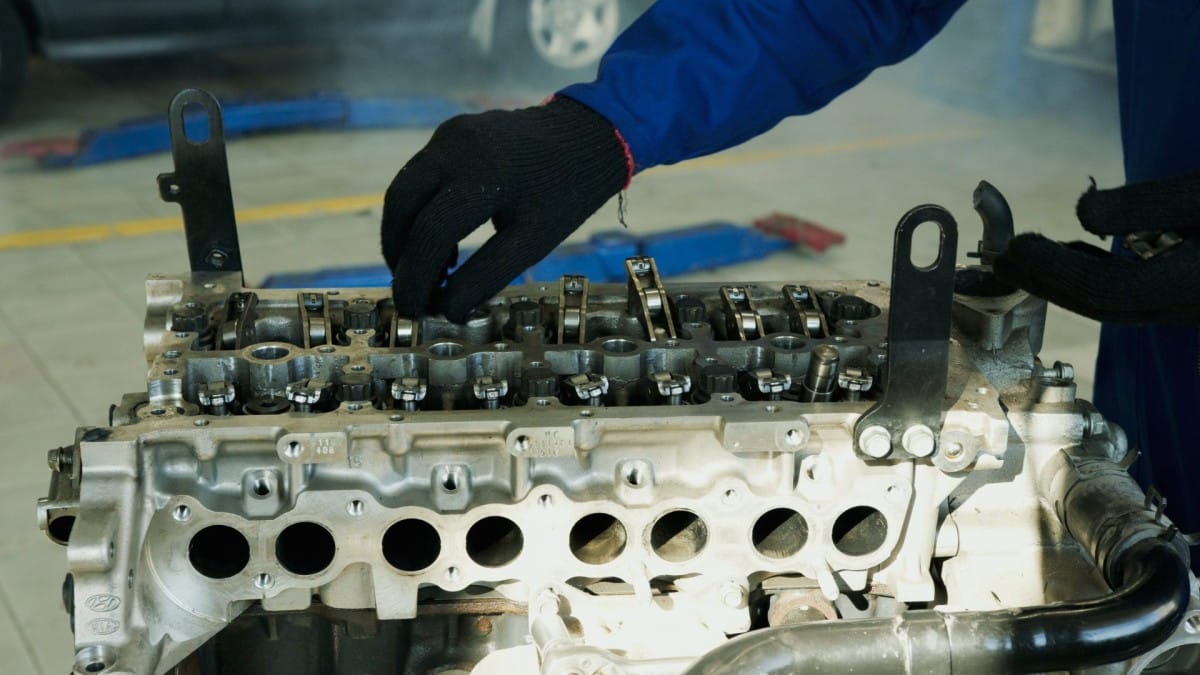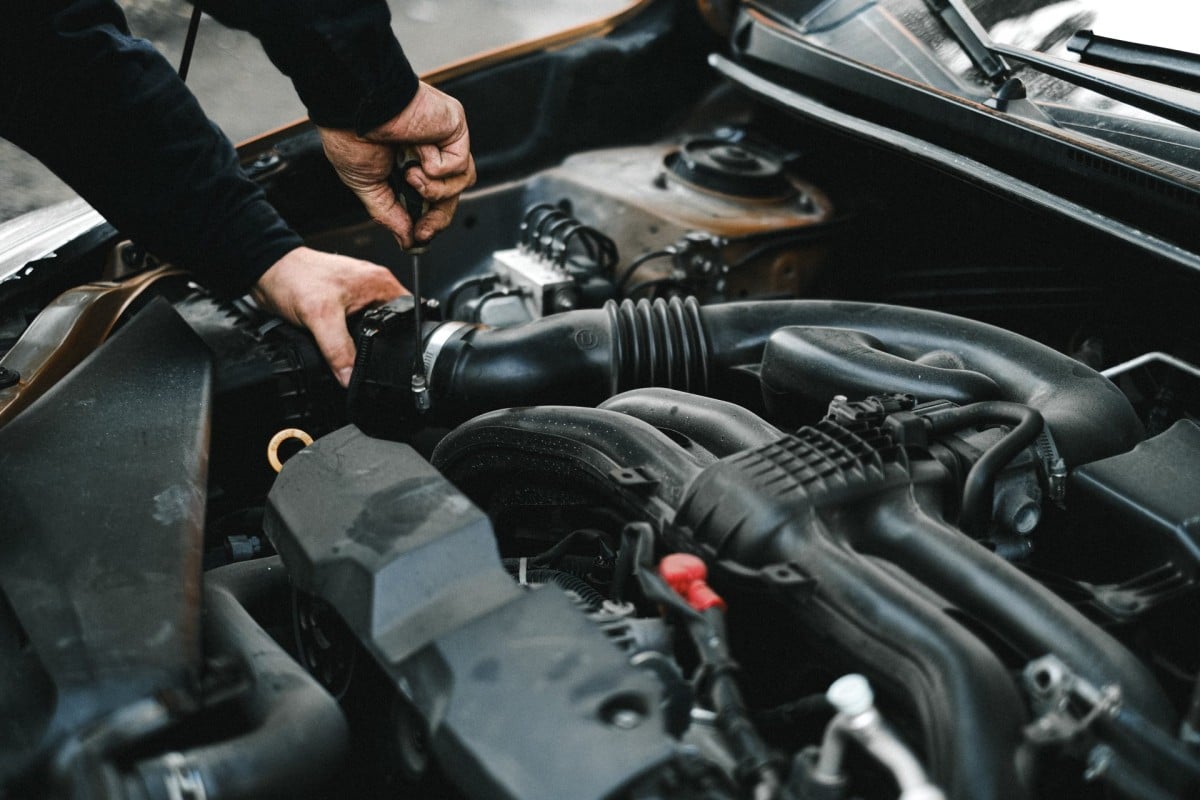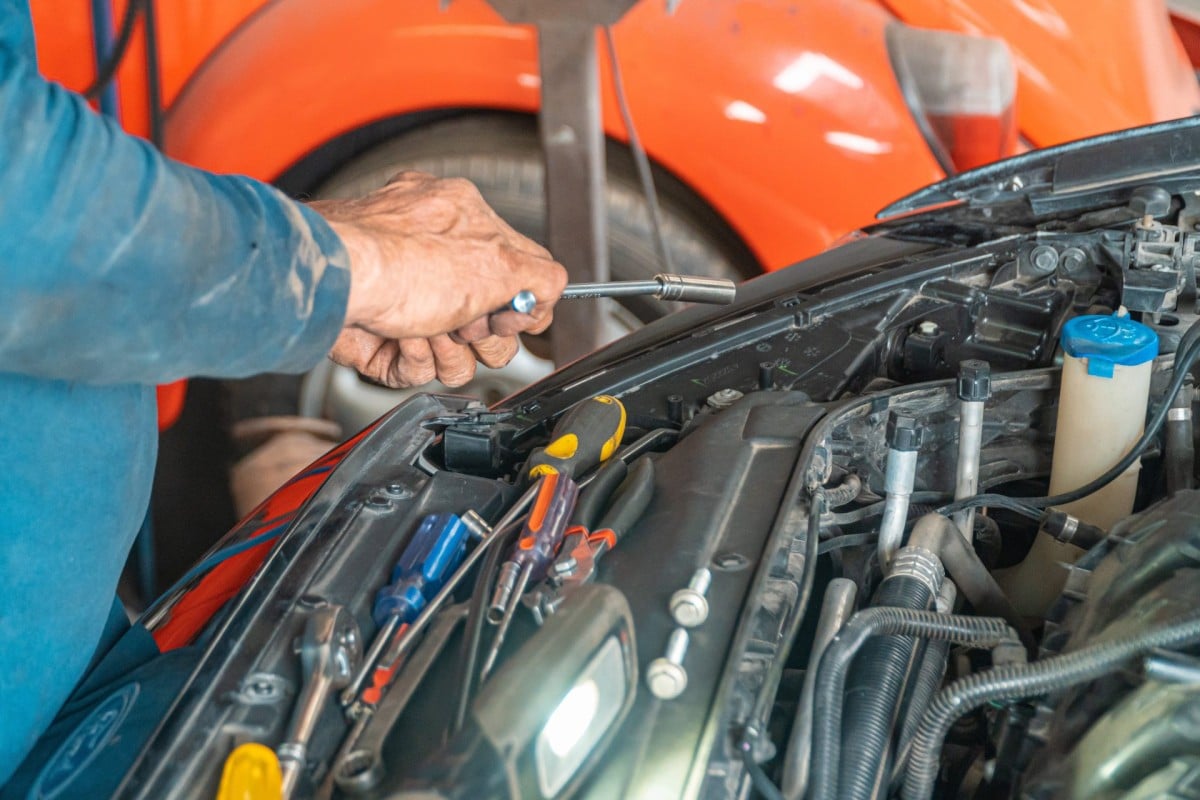There's that pesky check engine light blinking on your dashboard again! You might be tempted to ignore it, but before you dismiss it as another trivial car quirk, take a moment to consider a small yet significant component of your vehicle: the oxygen sensor. This little gadget, often overlooked by many car owners, plays a vital role in your car's fuel efficiency and routine tune-ups.
Now, you might be wondering, “What exactly does an oxygen sensor do?” Simply put, this sensor measures the level of oxygen in your exhaust gases. The data it gathers is crucial in helping your car's computer decide how much fuel to inject into the engine, thereby optimising the fuel-air mixture for combustion. In short, an efficient oxygen sensor helps your car run smoothly, improving fuel efficiency, reducing emissions, and saving you money at the pump.
But what happens when this vital component starts malfunctioning? A faulty oxygen sensor might give incorrect readings, causing the computer to miscalculate the required fuel amount. This might lead to a rich fuel mixture (too much fuel, not enough air) or a lean one (too much air, not enough fuel). Both scenarios are bad news for your car's performance and your wallet.
A rich mixture, for instance, results in unburned fuel, which can damage your catalytic converter – a costly repair you'd rather avoid. On the other hand, a lean mixture can cause your engine to misfire or run rough, meaning more frequent trips to the mechanic. Additionally, a malfunctioning oxygen sensor can lead to a decrease in gas mileage by as much as 40%. That's like paying an extra $2 for every $5 worth of gas!
So, how can you tell if your oxygen sensor needs attention? Well, besides that annoying check engine light, you might also notice a sudden drop in fuel efficiency, a rough idle, or even stalling. However, these signs could also indicate other issues, so it's best to have your car thoroughly checked by professionals.
Now, let's focus on tune-ups. Routine maintenance is to a car what regular check-ups are to our bodies. They help detect minor issues before they escalate into significant, often expensive repairs. An efficient oxygen sensor is crucial in this regard, as it helps monitor the efficiency of your engine's combustion process. Tune-ups focusing on the oxygen sensor can thus prevent bigger issues down the line, ensuring your car runs smoothly and efficiently for longer.
Sartorial Auto Repairs in Santa Rosa, CA, provides an array of services to meet all your car repair needs, including oxygen sensor diagnostics and replacement. Our seasoned professionals rely on cutting-edge technology to deliver the best service, contributing to a healthier engine and a fuller wallet.
Remember, a well-maintained car is a happy car. And a happy car means a happy driver. So, don't take that blinking check-engine light lightly. Your oxygen sensor might be crying out for attention, and addressing the issue promptly could save you from more significant headaches (and expenses) in the future.
So, the next time you're passing through Sonoma County or Sebastopol, CA, why not take a moment to give your car the attention it deserves? Bring it to Sartorial Auto Repairs. We'll make sure your vehicle leaves our garage humming with satisfaction. Trust us; your oxygen sensor (and your wallet) will thank you!





